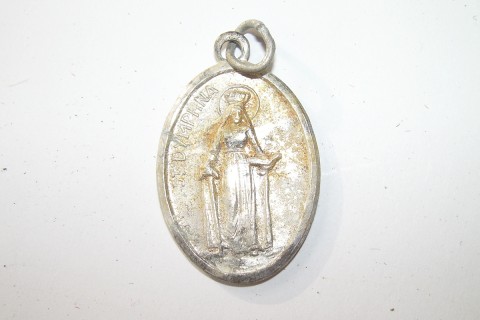St. Dymphna and her legacy of care
How the patron saint of mental illness has shown up in my brother’s life

It was dusk on a beautiful August evening, 1983. I exited an upscale Chicago hotel with my girlfriend, whose employer had just hosted a gala dinner. Dressed to the nines, we strolled leisurely down the Magnificent Mile of Michigan Avenue, lined with high-end retail shops. Walking past the historic Chicago Water Tower, we stopped and waited for the light to turn green.
Out of the corner of my eye, I spotted a man rummaging through a garbage can in search of food. I did a double take, because he looked a bit like my brother. “Jeff,” I said, “is that you?”
He lifted his head and looked straight at me, a nasty-looking Styrofoam food container in his hand. “Hi, Pete,” he said with blank surprise.




